Project Plowshare was the United States Atomic Energy Commission’s forlorn attempt to somehow develop civilian uses for nuclear weapons, the idea being that activities and operations the would require significant amount of explosives, could use nuclear devices instead of enormous amount of TNT.
It also developed into, essentially, early experiments with fracking, just instead of using water pressure to fuck around with the geology of an area, they used smaller nuclear bombs, ranging from 29 kilotons to 43 kilotons.
Now the “civilian” uses of nuclear explosions were concentrated into two broad categories:
- Using the explosions to essentially eliminate large
formations for specific purposes.
- Project Carryall from 63 suggested using TWENTY-TWO nuclear devices to outright blow a canyon out of a mountain range, so two of the partners, California Division of Highways and the Santa Fe Railway, could build a motorway and railroad.
- Project Chariot: LET’S BLOW UP ALASKA.
- Various fracking experiments primarily aimed towards encouraging natural gas fields.
Now, fortunately, none of the first ever get anywhere, which the people of California and Alaska are probably very happy about, seeing as Californians don’t have to wear protective suits and gieger counters when driving along Interstate 40, nor do Alaskan have even more radioactive shit in their food.
However, the fracking experiment resulted in 27 test explosions, of whom, three were practical tests, actual detonation near gas fields, to observe he results.
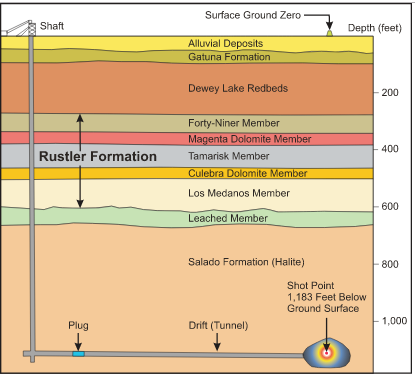
Now, almost all of the experimental explosions were done at the Nevada test site, except the first one, Gnome, done near Carlsbad, New Mexico, close to several oil and gas fields, and right inside a salt field.
The explosion was actually a remarkable success, six months later a team drilled their way into the underground cavity created and found that the radiation was only five milliroentgen, nothing special, temperatures inside the cavity was around 60 degrees Celsius, again, nothing spectacularly dangerous.
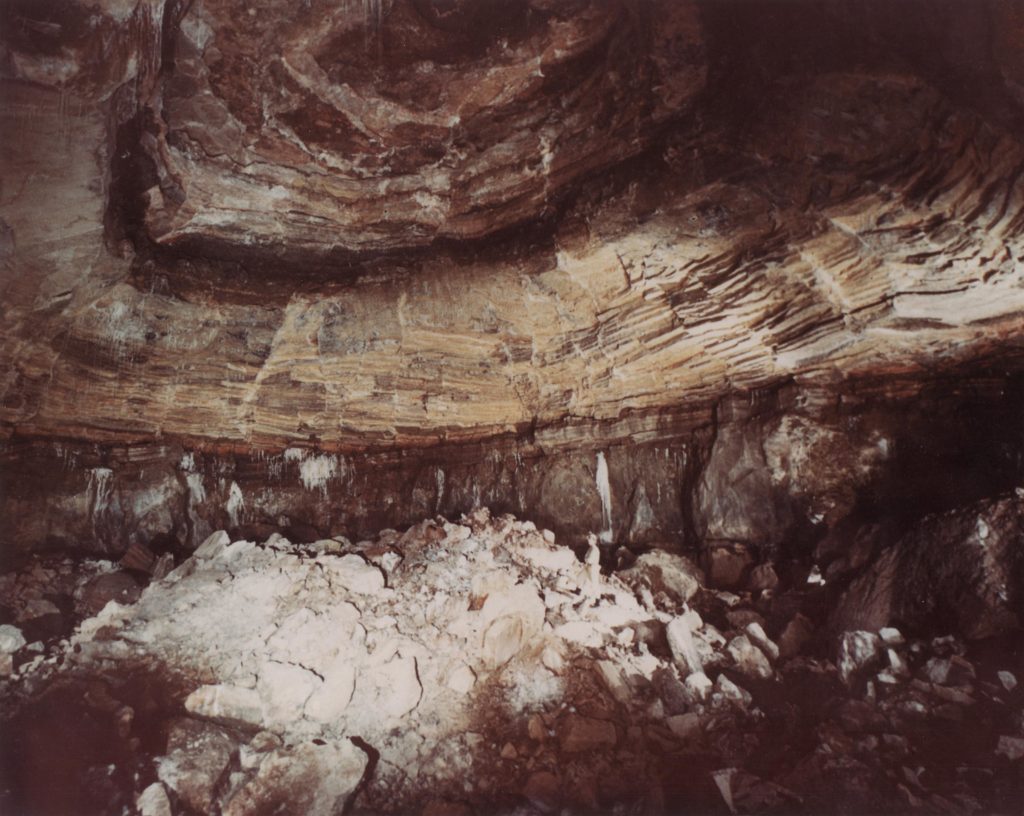
So they plowed on, the Sedan test was next, this was a test of Option One, using nukes for large-scale construction, 105 kilotons, caused an event of the Richter scale of 4.75, displaced eleven million tons of earth and created a crater 100 meters deep and 360 meters in diameter, it’s also the source of seven per cent of all the radiation Americans have gotten as part of US nuclear tests, so well done there.
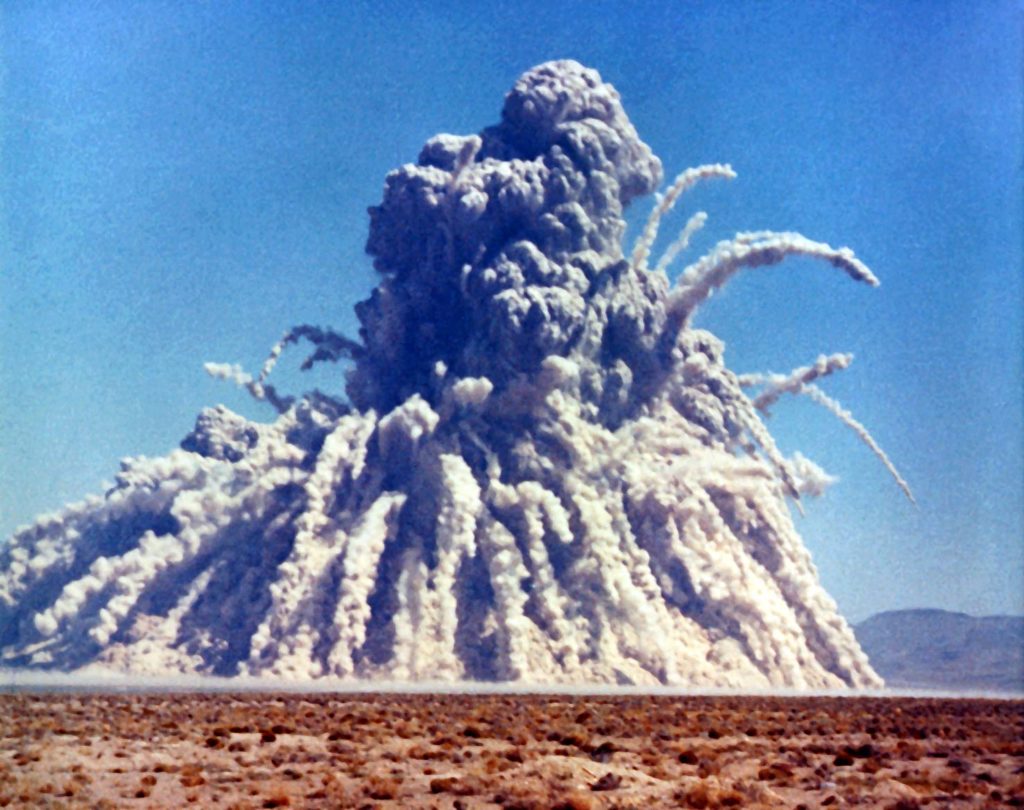
A side effect here, is the fact that the crater left behind, helped with developing new theories on how impact craters from meteor happened.
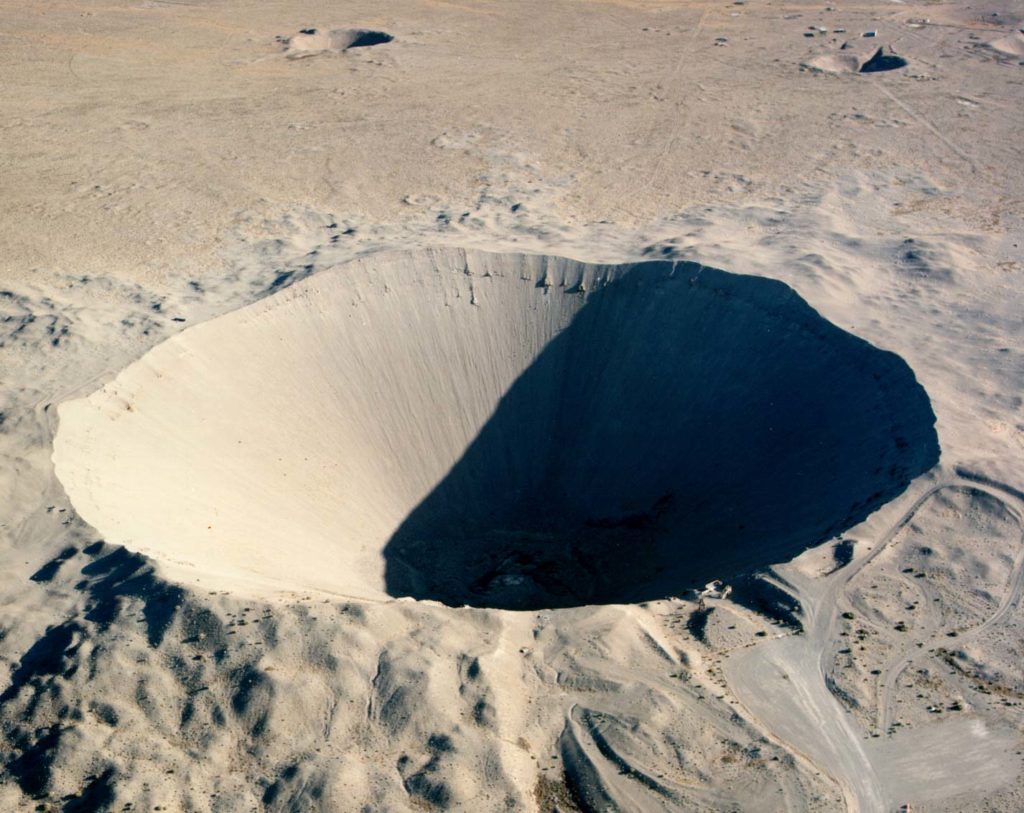
Now, three fracking detonations were conducted too, let’s not forget them, they were Gasbuggy, Rulison and Rio Blanco 1-3 and all three had something utterly not surprising in common:
Radioactive gas, which someone figured that Californians might not enjoy radiation from their gas ovens and furnaces.
None of the gas from any of the fields were ever used for commercial purposes, only industrial, and the entire program was quietly defunded and stopped.
The lesson learned? Nuclear weapons are nuclear weapons, they are designed for the sole purpose of destruction, the radiation they carry with the massive destructive potential, render them utterly unsuitable for any other real purposes.
And if you think the Americans just stopped the quickly? Then join me tomorrow, as we discuss the Nuclear Explosions for the National Economy program of the Soviet Union, the red Version of Project Plowshares and I’ll illuminate your staggeringly misguided desire for more explosions.

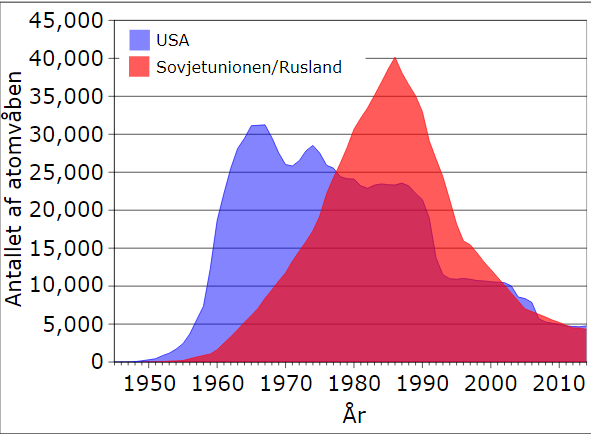
One thought on “Project Plowshare is today’s tremendously dangerous failure”